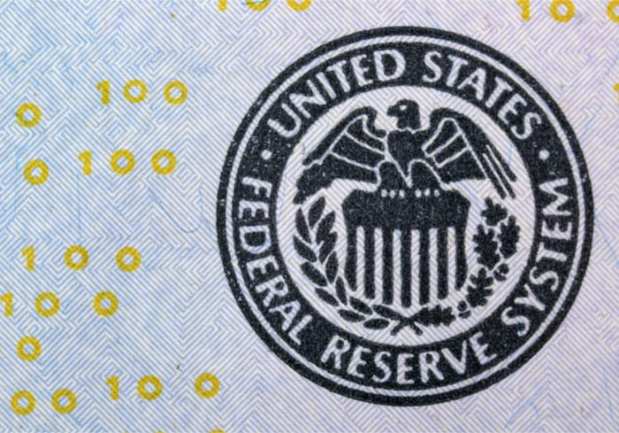For The Fed, It’s Hurry Up And Wait On Rates

Conventional wisdom coming into this past week held that the Federal Reserve would raise rates at least twice this year.
But the conventional wisdom may be stood on its ear, at least when it comes to interest rates.
One tell comes from the minutes taken at the Federal Reserve’s most recent meeting, which in turn show that rate hikes may not be a sure thing. As reported in various sources including CNBC, part of the discussion among the Fed’s governors focused on the much-telegraphed balance sheet reduction that would shrink the $3.8 trillion in bonds on the Fed’s balance sheet.
But it may be the “patient” approach that was discussed (and disclosed in the minutes, released this week) that would impact monetary policy — most obviously focused on interest rates. The patient approach, and holding back on interest rates, would keep consumer borrowing costs in check, amid an uncertain macro environment.
According to the minutes, “many participants suggested that it was not yet clear what adjustments to the target range for the federal funds rate may be appropriate later this year,” per details on the end-of-January session. The boosts would come only in the event that inflation quickens. The shift comes rather abruptly, we note, for as recently as the December meeting minutes from that event showed a consensus for “further gradual rate increases.”
Discussion also homed in on global growth risks — and uncertainty. The minutes pointed to some deterioration in business and consumer sentiment, the government shutdown and the trade spat that has been ongoing between the U.S. and China.
So it seems for now that the federal funds rate — which acts as a de facto baseline for all sorts of borrowing costs, especially for credit cards and other lending products — will be in the range of 2.25 percent to 2.5 percent. And the higher interest rates go, the harder it is to service debt, of course.
Then again, the “patient approach” may prove short lived. Because if those aforementioned macro headwinds abate, interest rate increases will be under examination once again.
Interestingly, there had also been some discussion about investor sentiment toward the latest rate hike, which came in December, and where stocks skidded significantly in the month. Market participants had viewed the Fed as “not fully appreciating the tightening of financial conditions and the associated downside risks to the U.S. economic outlook that had emerged since the fall,” said the minutes — and with the view of the governors’s actions as “insufficiently flexible.”
